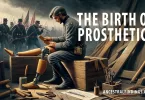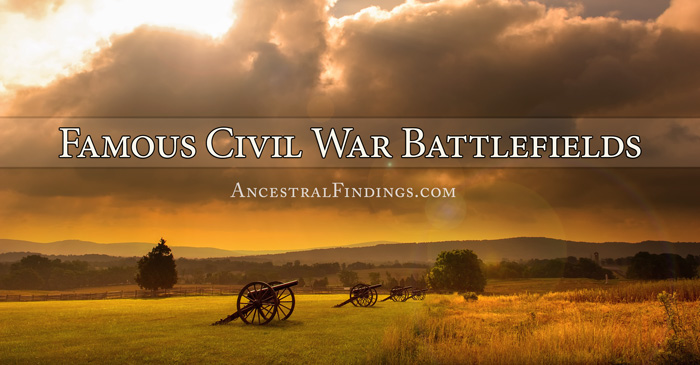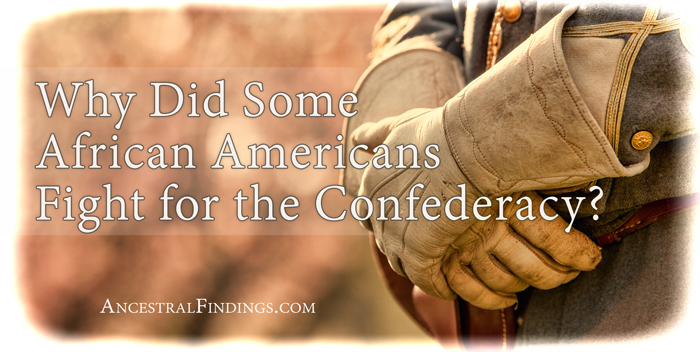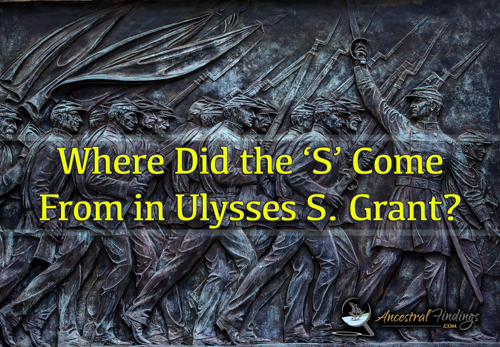In the intricate branches of family trees, some stories lay buried, waiting to be told. Such is the tale of the Clarkson family, woven into the fabric of the American Civil War, echoing the sentiments of a nation torn apart. This tale, excavated through preserved correspondences, narrates their experiences, hopes, and fears.
In the late 1850s, the Clarkson family resided in the town of Culpeper, Virginia. The patriarch, Henry Clarkson, was a prosperous farmer. He had five children: three sons, James, Edward, and Samuel, and two daughters, Clara and Eleanor. Like many others, the family was blissfully unaware of the storm brewing on the horizon.
The 1860s ushered in a new era, and the United States was ensnared in a conflict that would shape its destiny. James and Edward, the older Clarkson brothers, felt the call of duty and enlisted in the Confederate Army, leaving Samuel, the youngest, behind to help their father with the farm. Their decisions would set the stage for a series of poignant letters that crossed the battle lines.
On a chilly morning in January 1862, Clara began the correspondence with a pen poised above paper. Her letters to James were about home, Eleanor’s engagement, and Samuel’s growing restlessness. She often added doodles, immortalizing the everyday life of the Civil War era. James’ responses were punctuated with tales of camaraderie, whispered rumors of upcoming battles, and a longing for the comforting embrace of home.
Edward, more introspective, wrote extensively to Samuel. His descriptions were vivid, depicting campfires, weary soldiers, and the omnipresent shadow of death. Yet, in every letter, Edward’s unwavering faith and optimism shone through, a beacon of hope for Samuel, who often felt the weight of responsibility on his young shoulders.
As the war progressed, the family’s letters became a lifeline. The echoes of gunshots and the cries of fallen comrades found solace in the parchment’s folds. However, not all letters carried good tidings. In June 1863, a sealed Confederate Army envelope was addressed to Henry. It bore the heavy news of Edward’s passing at the Battle of Gettysburg. The grief-stricken family leaned on each other, with Clara penning heart-wrenching letters to James, conveying their collective sorrow.
The correspondence took a further somber turn when, in 1864, Samuel, unable to resist the pull of the conflict, enlisted. His letters to Clara were filled with a mix of fear and determination. They spoke of his interactions with the Union soldiers, offering a unique perspective and highlighting the shared humanity on both sides of the battle.
The war finally ended in 1865, but its ramifications lingered. James returned home a changed man, carrying both physical and emotional scars. The family’s letters from this period reflected the struggle of rebuilding lives amidst the haunting memories of the war. Once teeming with life, the farm was now a silent witness to the family’s journey of healing and rediscovery.
Today, Civil War letters are invaluable artifacts for genealogists and history enthusiasts alike. They offer a raw, unfiltered window into the lives of ordinary people caught in the crossfire of a nation’s most tumultuous period.
While the American Civil War has been extensively documented, Civil War letters offer a unique, intimate perspective. Their stories, interlaced with love, loss, and hope, serve as a poignant reminder of the resilience of the human spirit in the face of adversity. It’s not just tales of a family during the Civil War; it’s a chronicle of the enduring ties that bind families together, transcending time and turmoil.
For genealogy enthusiasts, Civil War letters offer more than just historical insight. They serve as a compelling example of preserving records. Whether tracing your lineage or mining forgotten tales, stories like these remind us that history is not just about events but about the people who lived through them.
Further Study:






